Have you been experiencing less than optimal water pressure from your showerhead lately? Is your showerhead only drizzling out a leisurely stream of water when it should be working much harder? This issue can be frustrating since stronger water pressure makes a shower more relaxing.
Water pressure can be affected by several things, from mineral buildup in the showerhead to faulty pipes. A plumber can easily diagnose your shower’s low water pressure and fix the root of the problem. In addition, homeowners may do their own inspections and figure out the problem with the water pressure.
Here are some suggestions for repairing the water pressure issue with your shower:
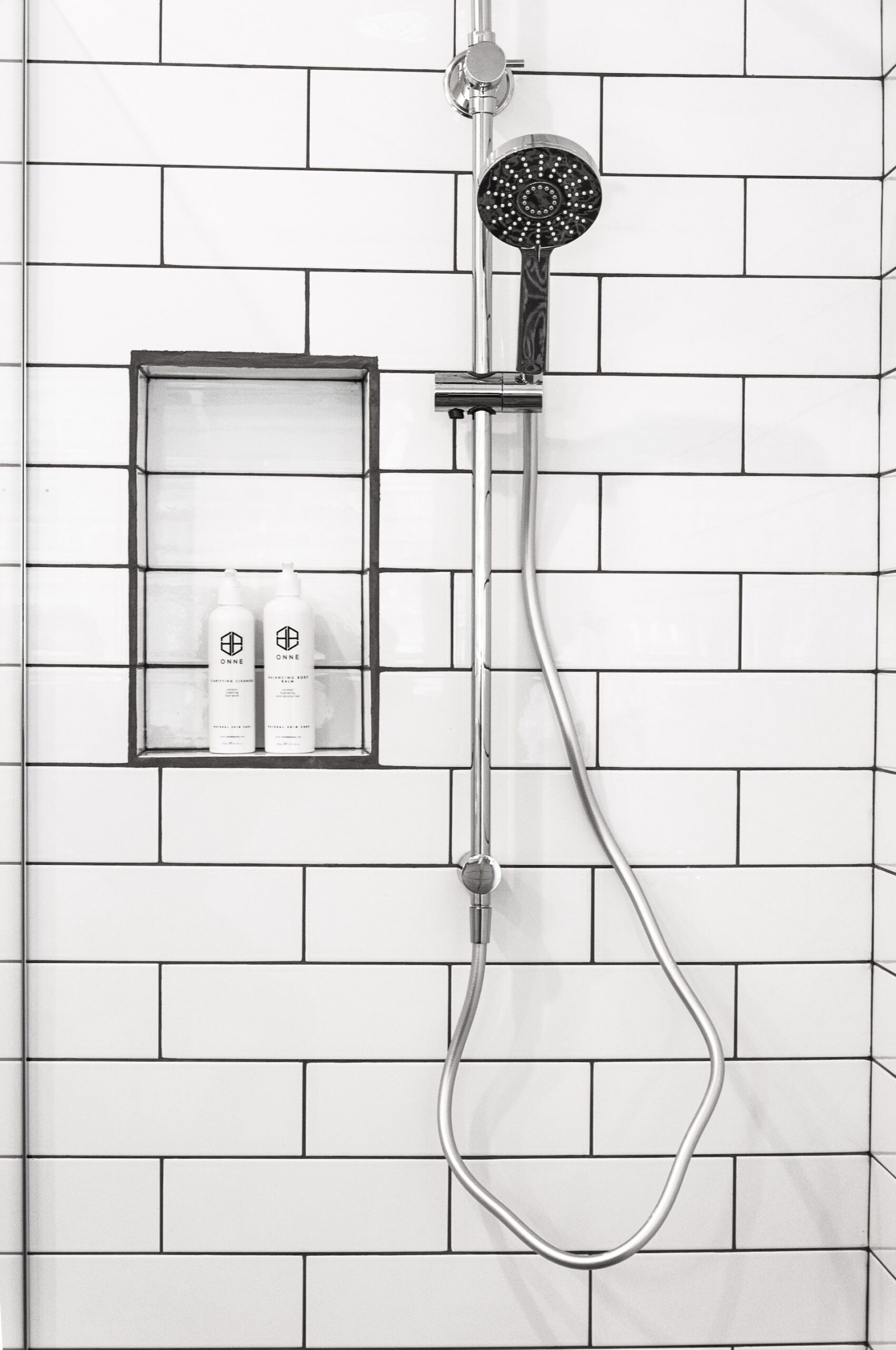
Clean Your Showerhead
The first step to improving your water pressure is ensuring your showerhead is clean and gunk-free. Start by rubbing the showerhead nozzles gently, as this can dislodge any minerals and buildup.
Next, you can soak the showerhead in vinegar. This will further loosen any soap scum and limescale buildup that could clog your showerhead. If you can’t remove your showerhead from the wall, fill a plastic bag with vinegar. Attach it to your showerhead with an elastic band, ensuring the showerhead is completely submerged.
Leave the bag for one to two hours. The vinegar will break down calcium or other mineral deposits that could restrict your showerhead’s flow. After a few hours, remove the bag and run a hot shower for a few minutes to flush any remaining debris from your showerhead.
Remember that since vinegar is acidic, it could damage certain finishes. If your showerhead has a nickel or brass finish, soak it in the vinegar for thirty minutes.
Replace Your Showerhead
Is your showerhead old? Is it the model that came standard when you built your home? This could be the cause of your less-than-ideal shower water pressure. In certain cities and states, there are restrictions on flow rates which could lead to low-flow model shower heads being the norm.
Replacing your showerhead with a more powerful one could give you the water pressure you’re looking for. When looking for a replacement, choose a model that specifies high pressure. Replacing your showerhead is easy enough to do on your own but can also be done by a professional if you’re uncomfortable doing so.
Be sure to check for any restrictions on flow rates in your area to ensure your new showerhead is compliant.
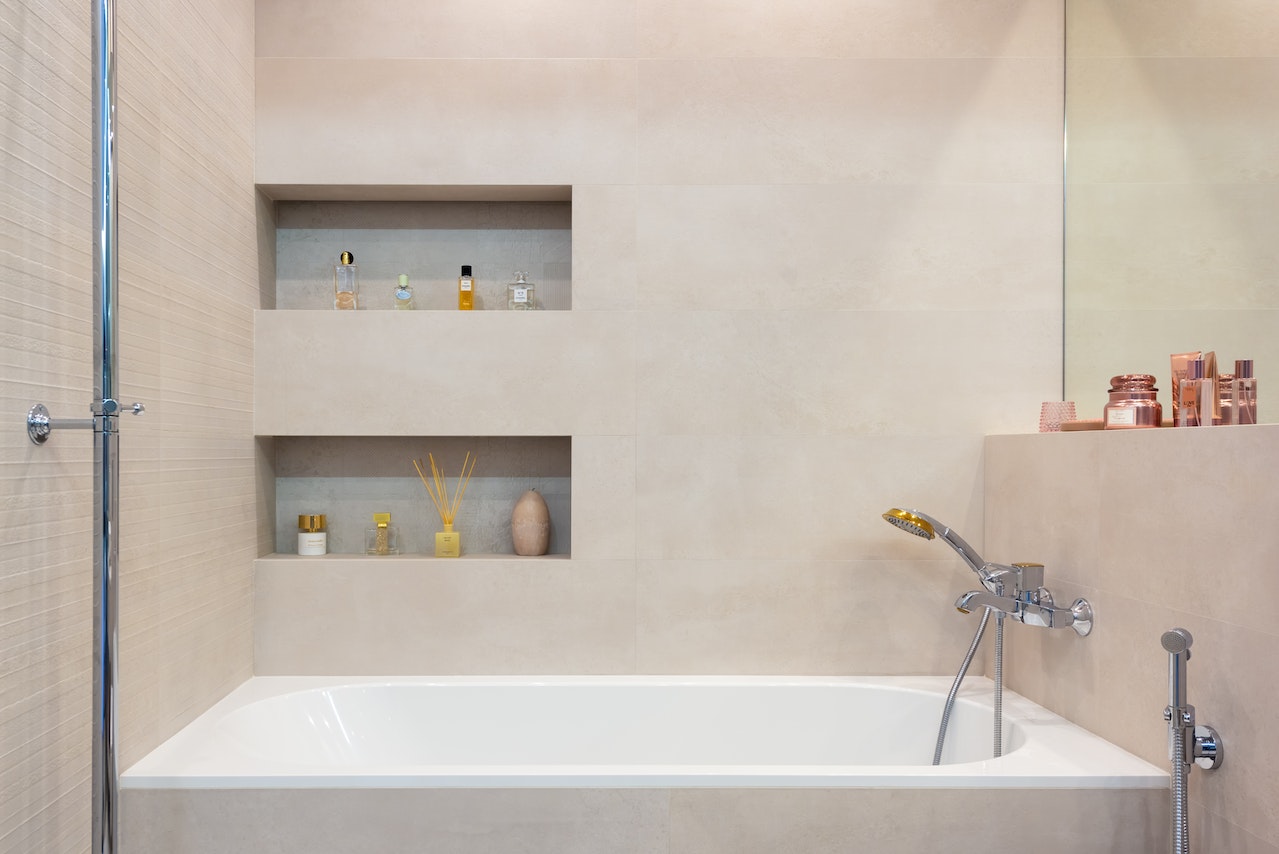
Look for a Flow Restrictor
As previously mentioned, some cities and states have restrictions on flow rates. To comply with this, showerheads sometimes come with a flow restrictor already installed. A flow restrictor does just what the name implies and limits the amount of water flowing through the showerhead at any given time.
A flow restrictor can help you be more environmentally friendly and save you a few bucks on your utility bill. However, it can seriously reduce your water pressure. The problem can be especially prominent if you live in an area where water pressure is already low.
To see if a flow restrictor could be causing your water pressure woes, try removing it and then running a shower. If the pressure has not changed, the flow restrictor was not the issue and should be put back into the showerhead.
Check Your Pipes
If you live in an older home, there’s a chance you could be dealing with galvanized pipes when it comes to your plumbing. These types of pipes aren’t typically used in newer home builds as they are prone to corrosion and leaks over time. Unfortunately, if you have leaky galvanized pipes, it could be lowering your water pressure.
Less water in the pipes means less water coming out of your showerhead! Of course, other pipes could also leak if they’re old or worn out. If you think this could cause your issues, contact a plumber to have your plumbing inspected and any leaks patched up.
Install a Shower Pump
If you have no preexisting issues causing your low water pressure, installing a shower pump could be the solution. A shower pump increases the amount of water being pumped through your pipes, which increases the pressure in your shower.
Shower pumps are useful, but knowing which type to buy and how to install them can be tricky. If you’re considering a shower pump, it’s best to call a plumber for recommendations and advice.
Check Your Appliances
If you’re running appliances that use a lot of water while you shower, this could be the cause of your low water pressure. Appliances like dishwashers and washing machines require significant amounts of water to run, which means less water being routed to your shower! To see if this is the issue, make sure you aren’t running these appliances next time you take a shower.
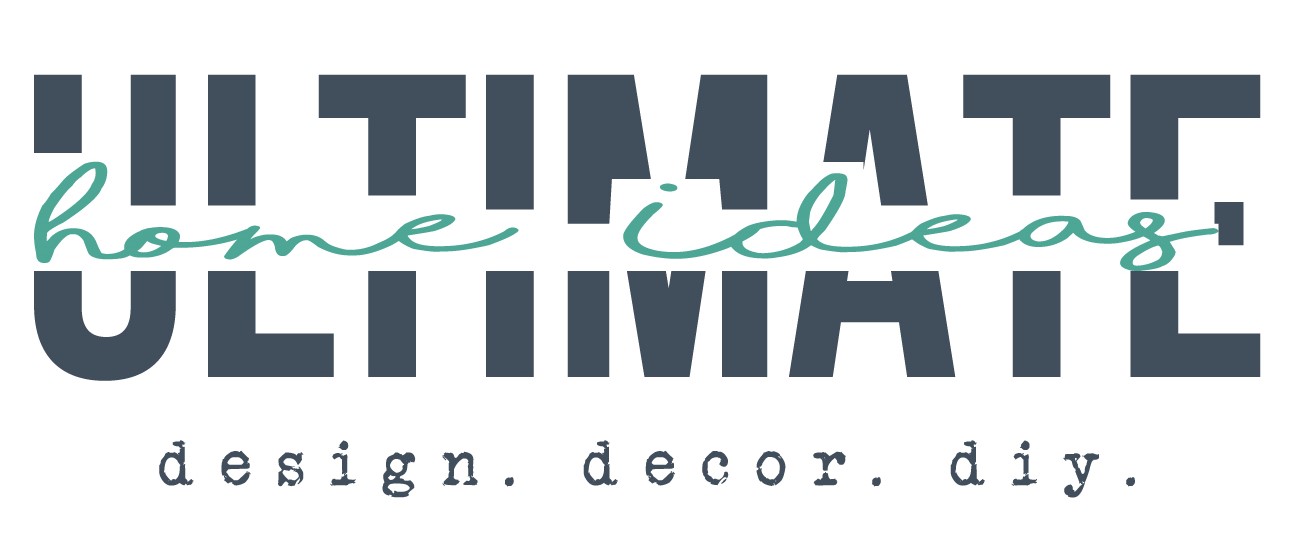



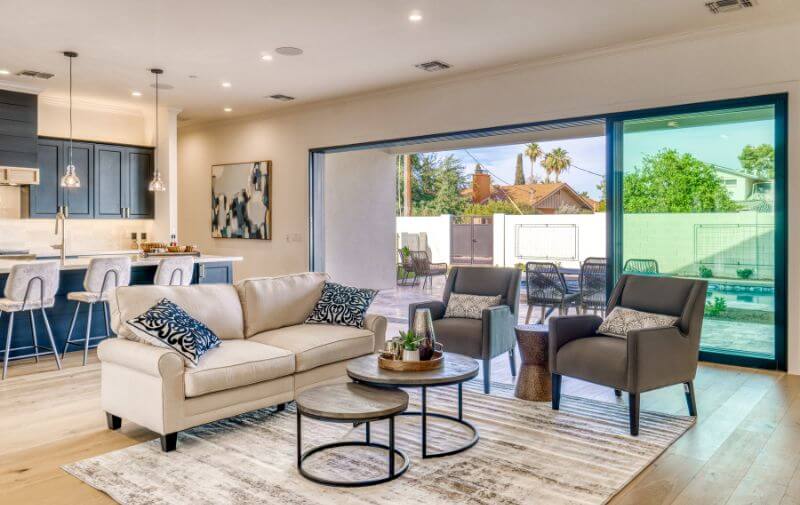
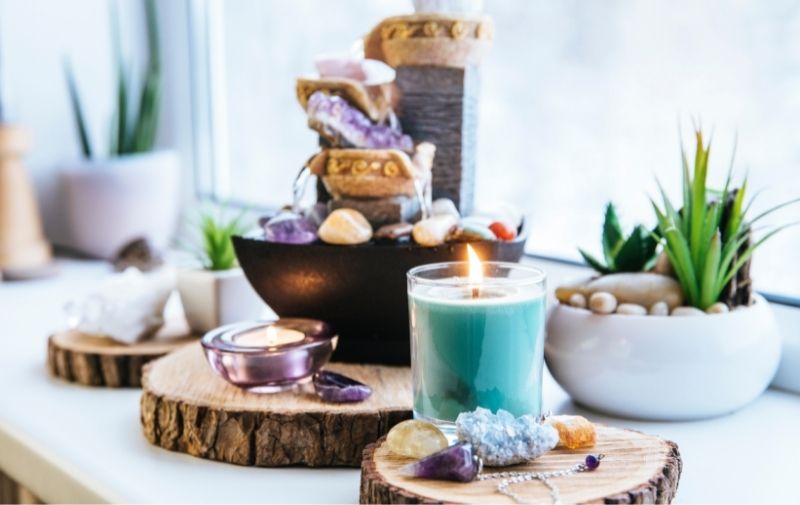



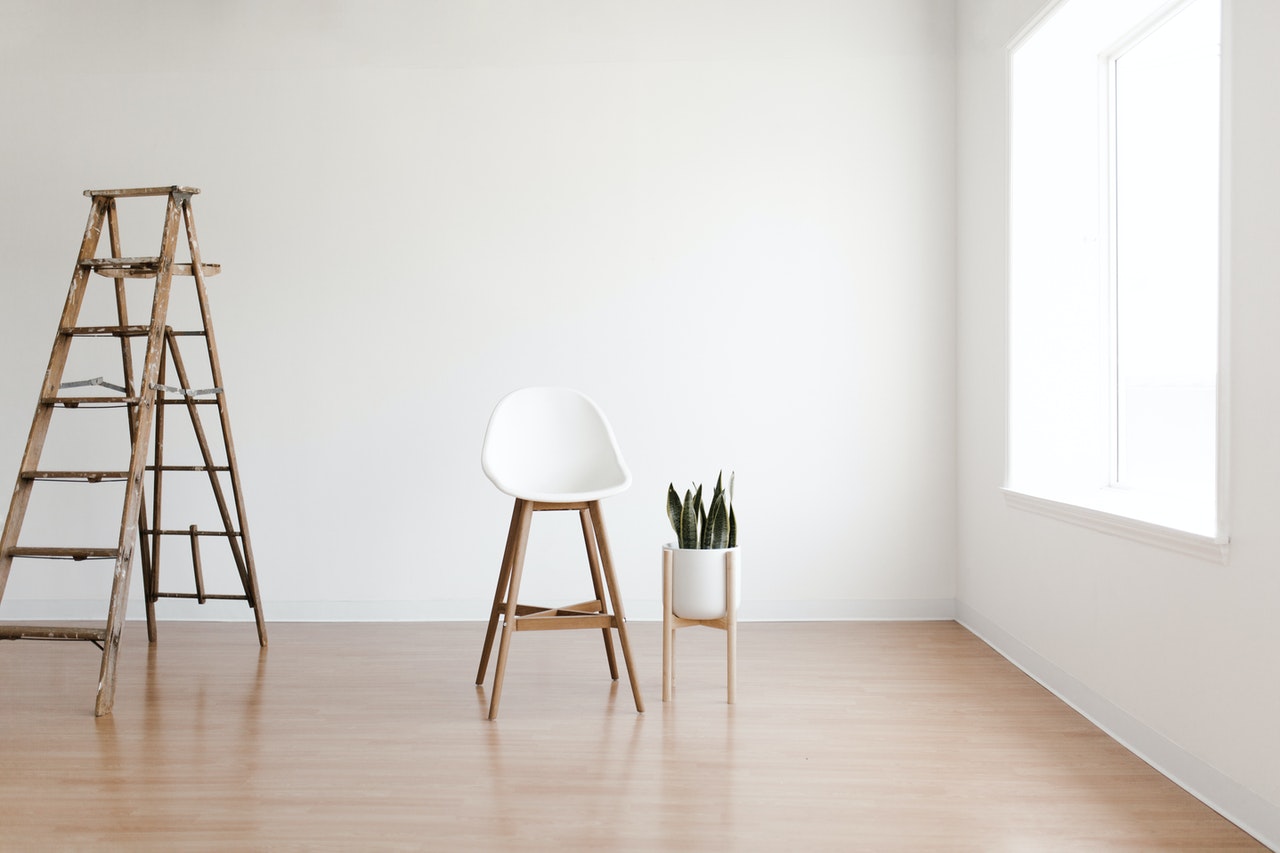
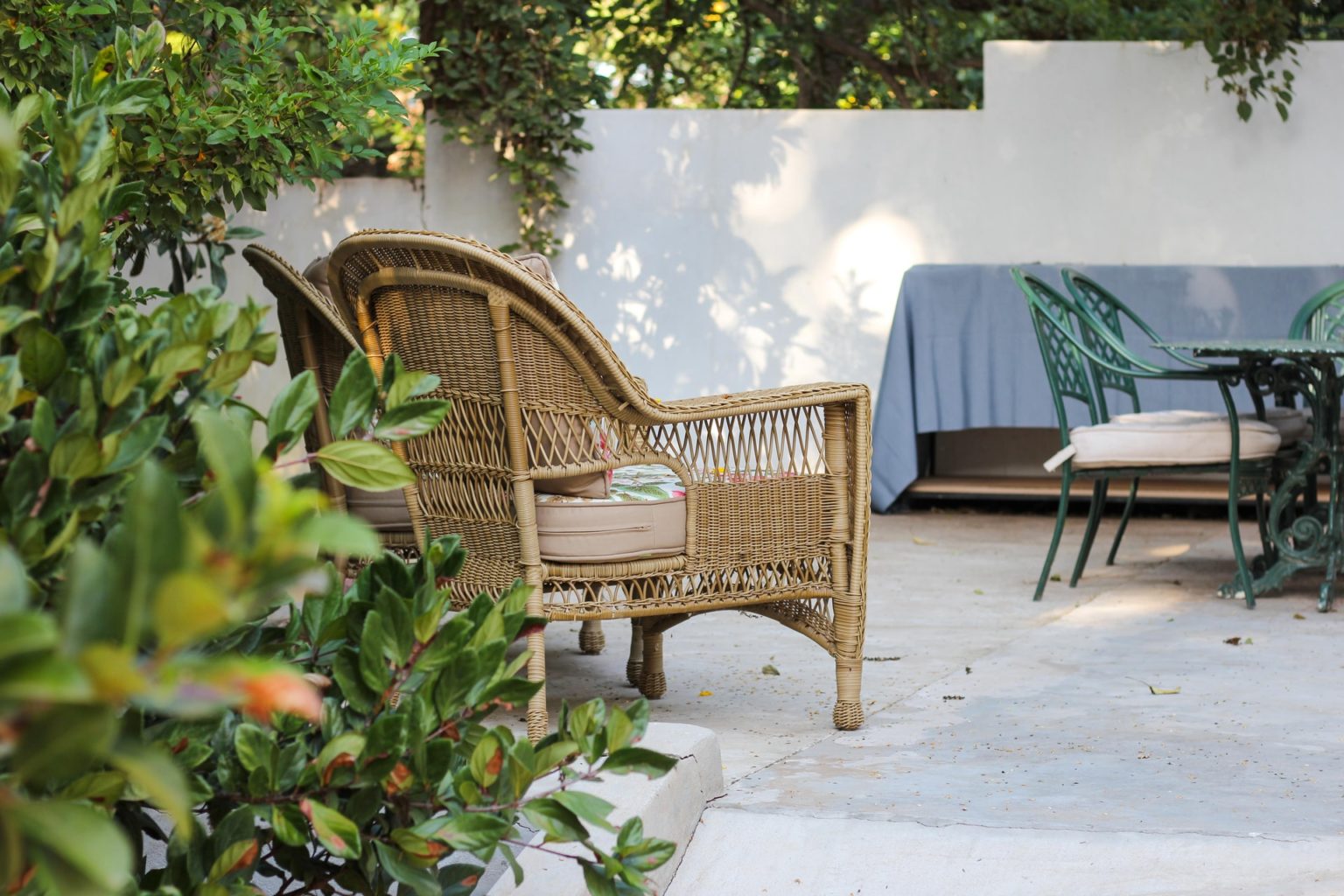
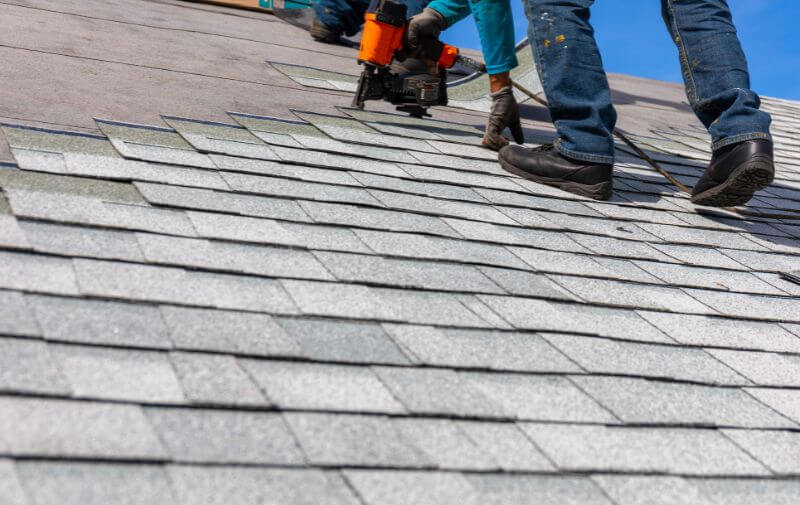
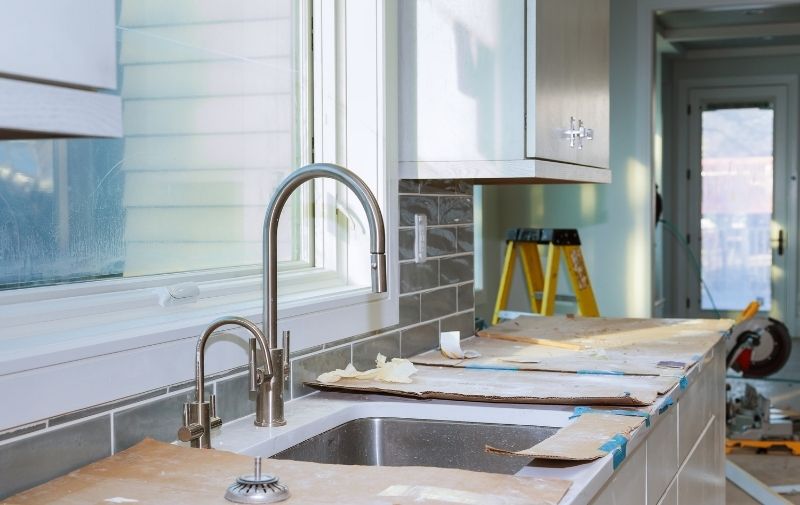

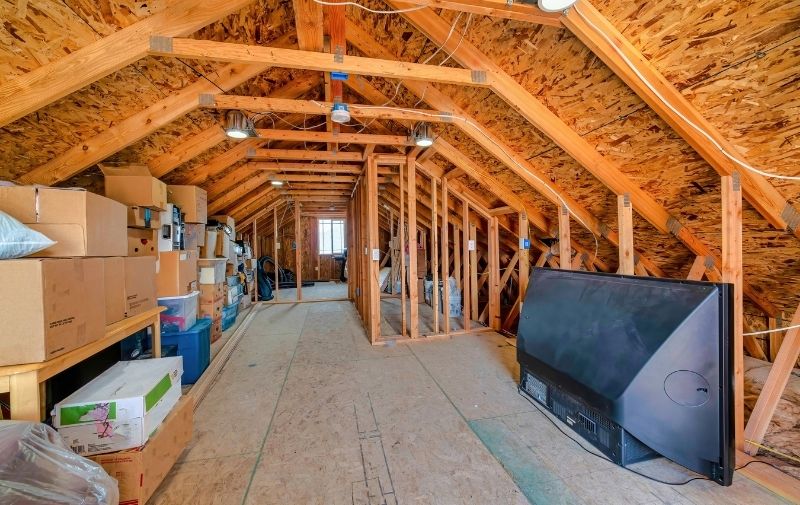
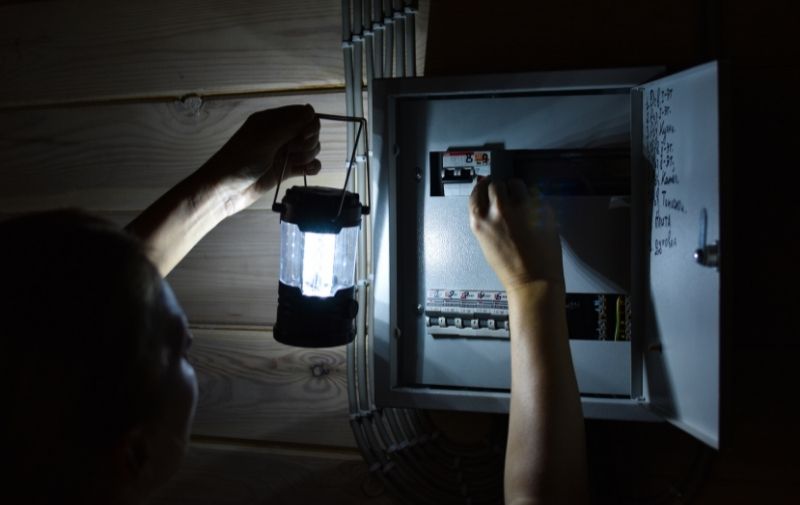
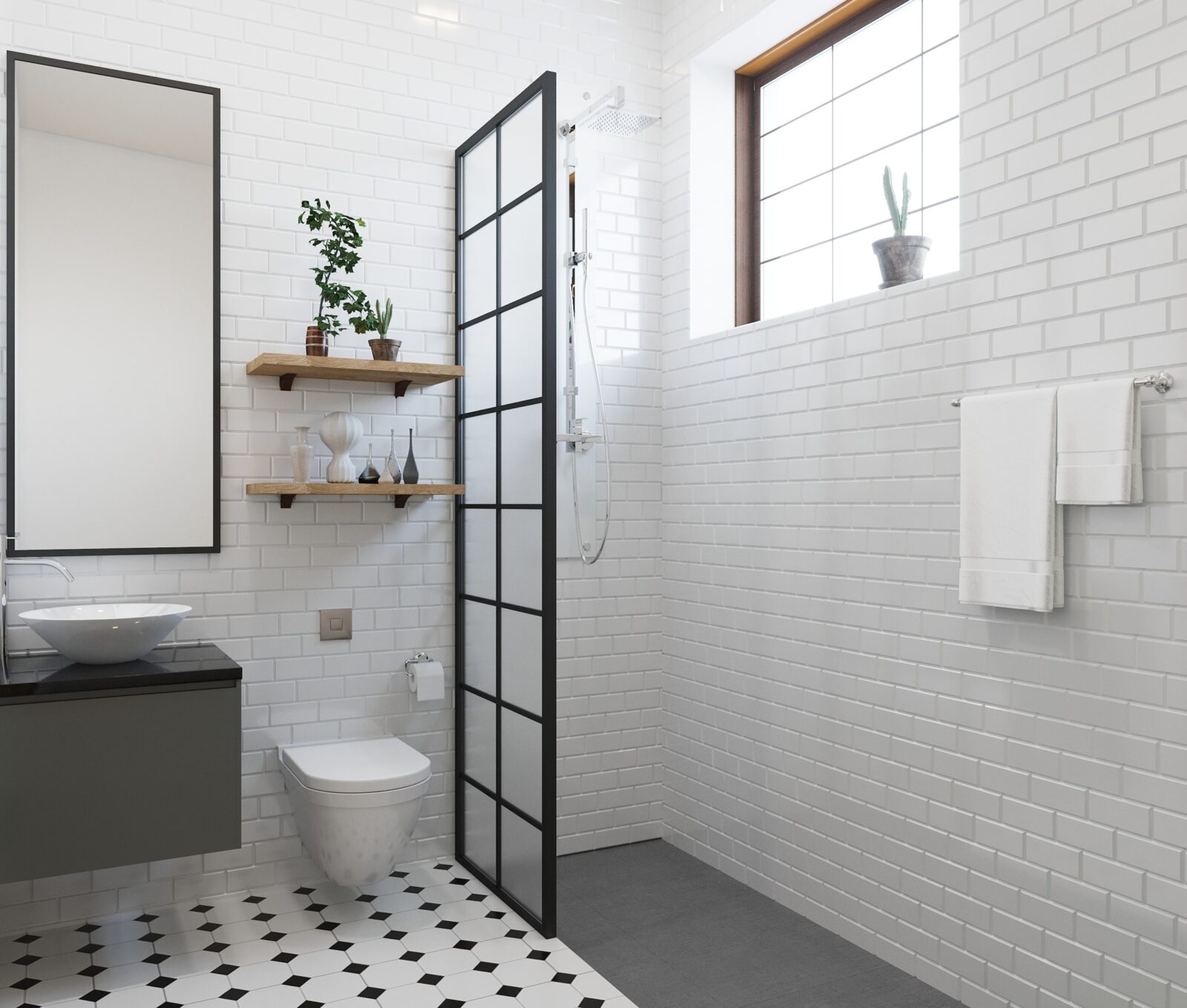

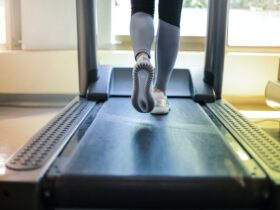
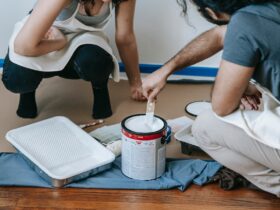

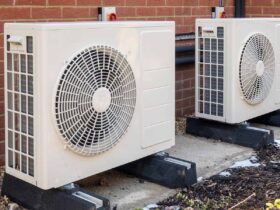
Leave a Reply